Something Quite Exceptional: Hugh Easton and the Battle of Britain Memorial Window for Rolls-Royce
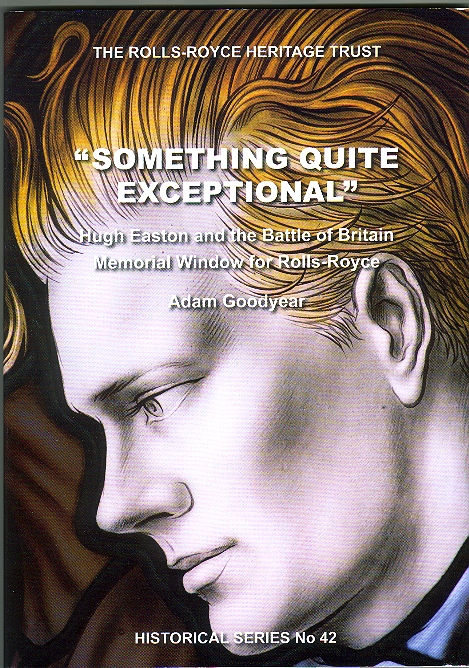
by Adam Goodyear
Many aircraft have been, and are, powered by Rolls-Royce engines. In the Word War Two context it is of course the Supermarine Spitfire with its Merlin engine that tops the list. It played a pivotal role in the Battle of Britain, where, against formidable odds the pilots of the planes it powered turned the tides of war. It is these pilots whom British Prime Minister Winston Churchill’s immortalized in the words he directed at the House of Commons on August 20, 1940 at the height of the battle: “Never in the field of human conflict was so much owed by so many to so few.”
But the aircraft couldn’t have been successful and the pilots wouldn’t have had anything to fly if someone, somewhere hadn’t built its parts and put them together. The heart of the aircraft is its motor, and the Spitfire’s Merlin engine was designed and put together by Rolls-Royce at their Main Works on Nightingale Road in the city of Derby. To honor the pilots and the workforce after the war, Rolls-Royce commissioned a commemorative tall, semi-circular arched window of “Antique” mouth-blown glass from stained glass artist Dr. Hugh Ray Easton. This little book telling his and the window’s story was occasioned by the removal for safekeeping of the window upon its removal from its place of honor in the Marble Hall, the entrance hall of Rolls-Royce’s Main Works which were being decommissioned after a hundred years of turning out storied products. The author of the book is the glass expert Rolls-Royce hired to handle its removal, storage, and conservation. In the course of his work, Goodyear researched the window and the result of his notes is this short biography.
Easton (b. 1906), a medical doctor, showed no artistic promise in his youth—“He did not distinguish himself in any field and showed no talent for art.”—and more by happenstance than intent crossed paths with the field of ecclesiastical glass art. The book is rather brief, describing Easton’s other windows in general and the Battle of Britain window in some detail. A basic description of the various items in the design is followed by several pages of color close-ups but they are uncaptioned and thus a bit uninviting to the newcomer. Its key element is the figure of a pilot standing on the spinner of an airscrew against a backdrop of the Rolls-Royce Derby works. (Flight Lieutenant Bruce Wingate who was Aide de Camp to Chief of Fighter Command Jimmy Robb was pressed into service as the model.)
Half the book consists of a facsimile of the entire booklet Rolls-Royce produced after the unveiling in January 1949. It was mainly intended for the benefit of those interested parties that exceeded the number of the 400 invited guests. It reproduces speeches, addresses, hymns, the order of service—and then names of the lucky ones who did get invited. To any thinking person, and most especially to anyone at the Rolls-Royce company, the window has been a source of pride and inspiration for decades. This book does capture that but it is all too short. However, unlike the normally austere booklets the Rolls-Royce Heritage Trust produces, this one is awash in color—which is really the proper way to do the stained glass justice.
The title of the book is taken from a letter by the artist to Rolls-Royce after the firm expressed its appreciation for his work.
Copyright 2010, Sabu Advani (speedreaders.info)


 RSS Feed - Comments
RSS Feed - Comments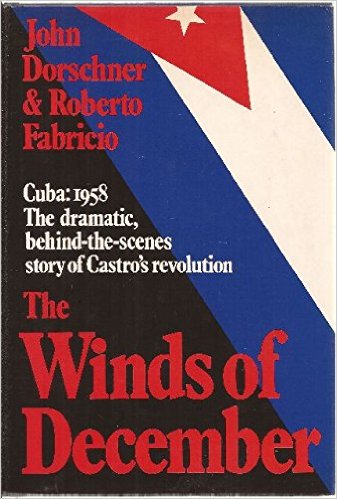

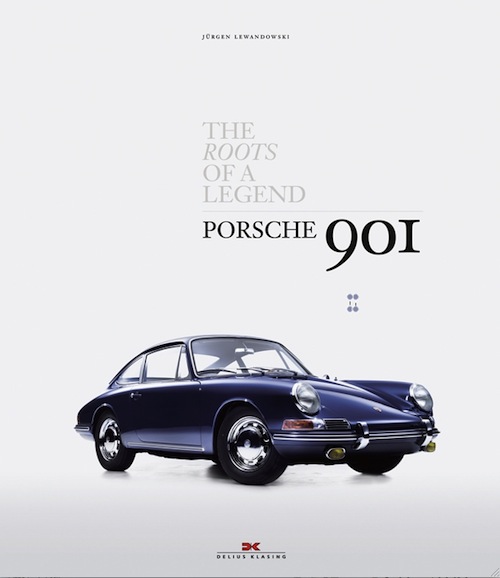
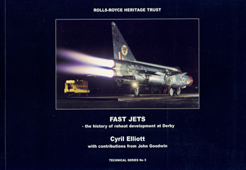

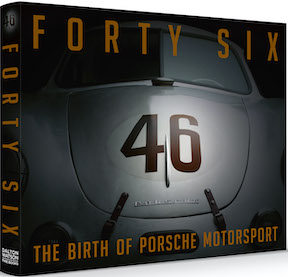
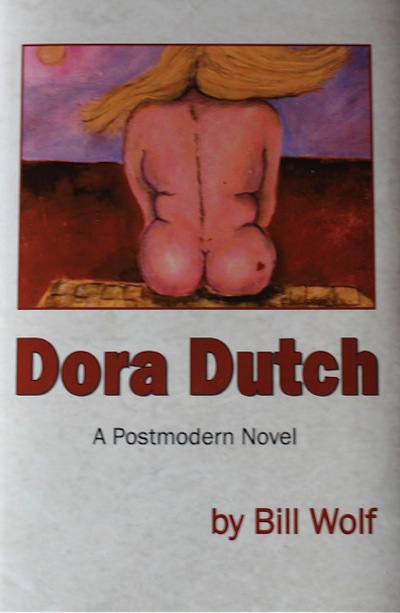
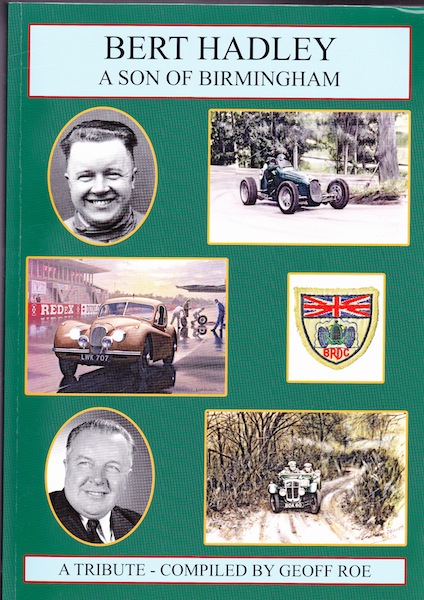

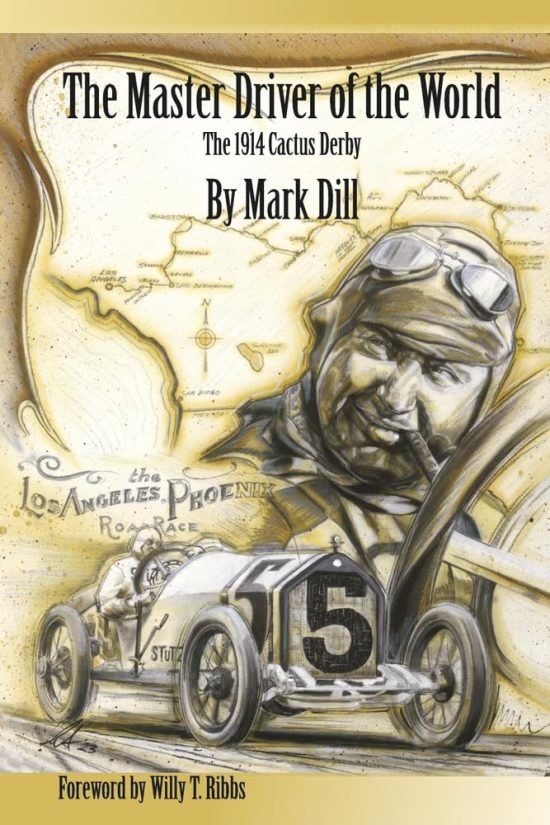
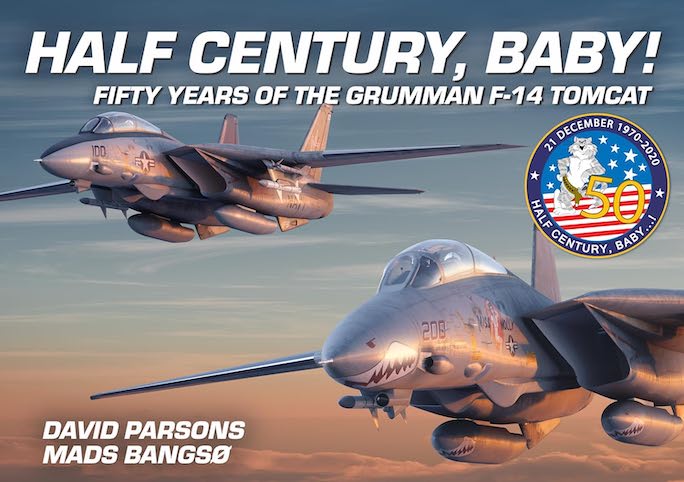
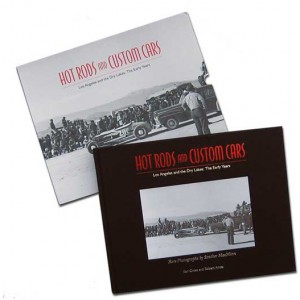
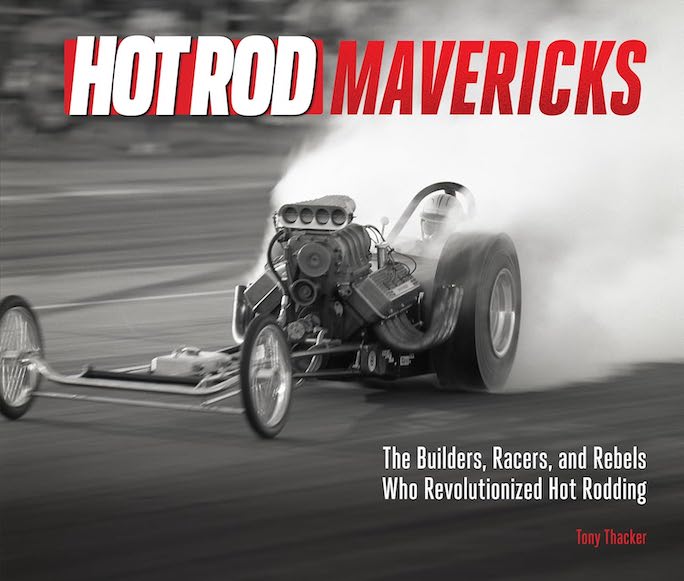
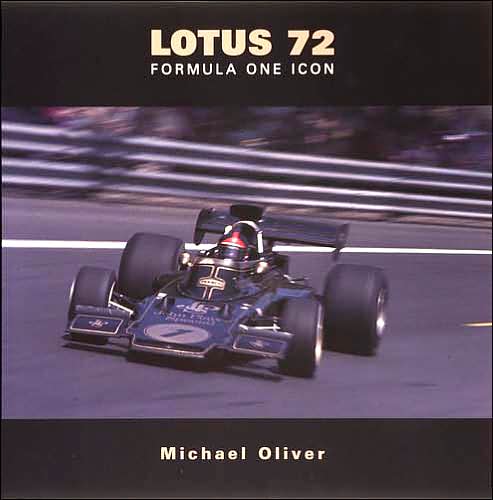
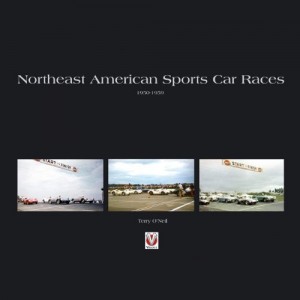
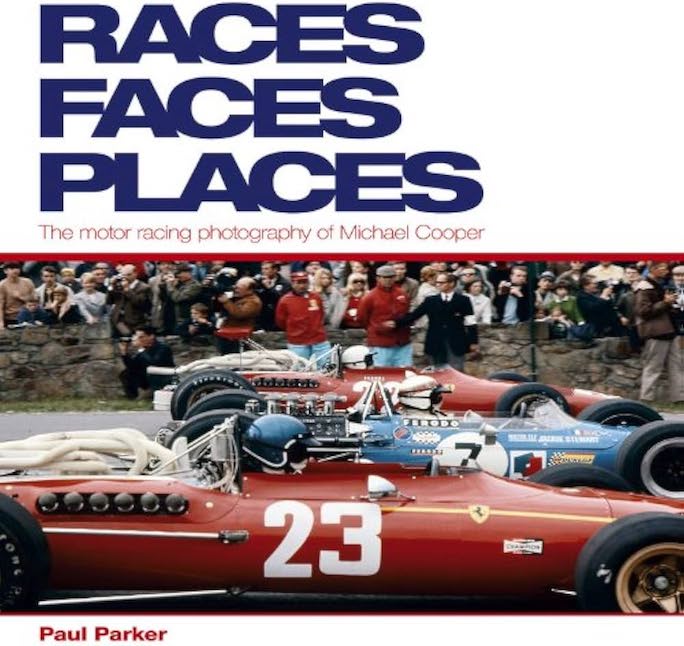
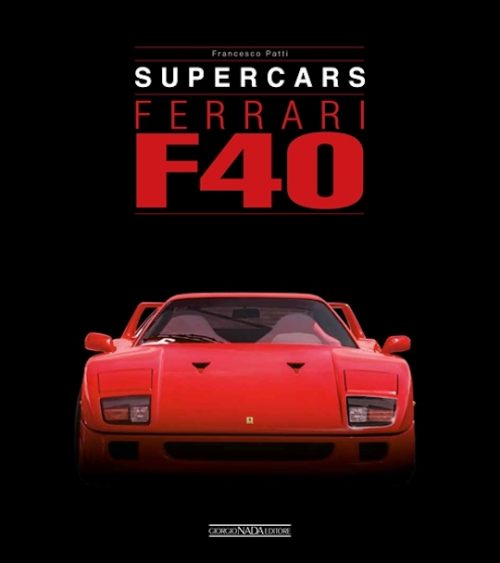
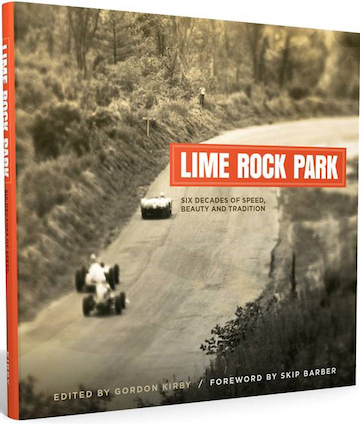
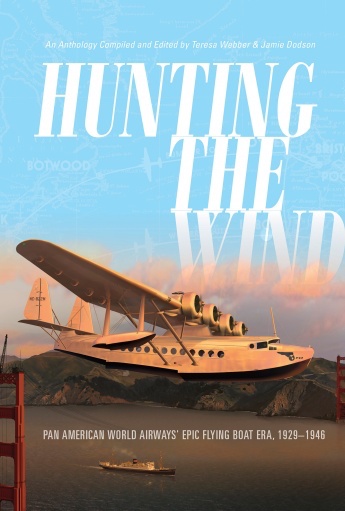
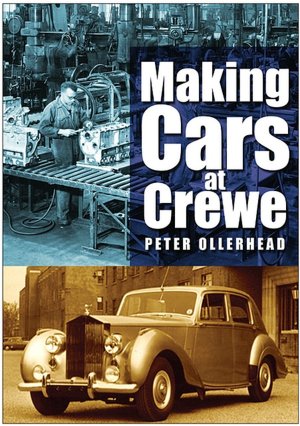
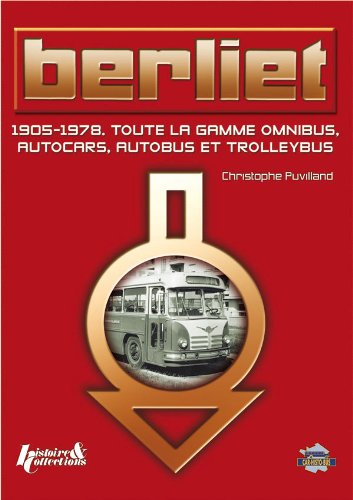
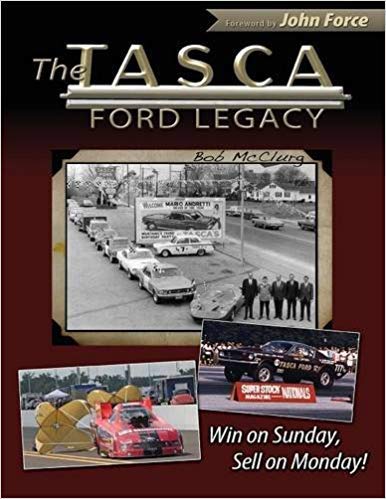
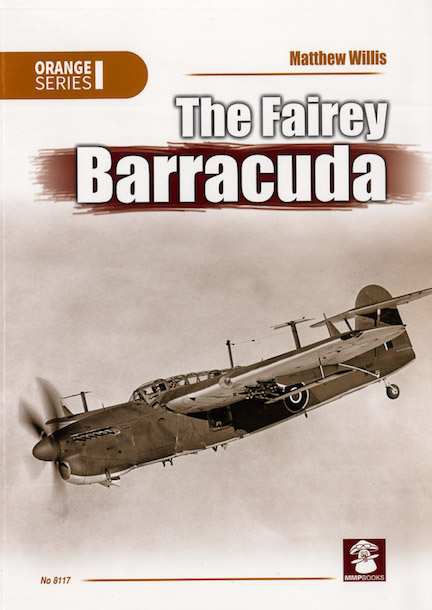
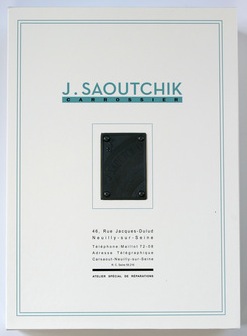

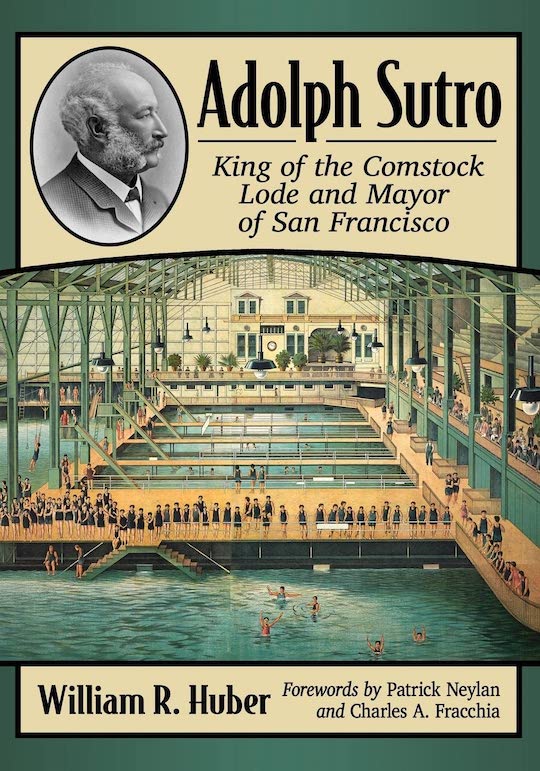

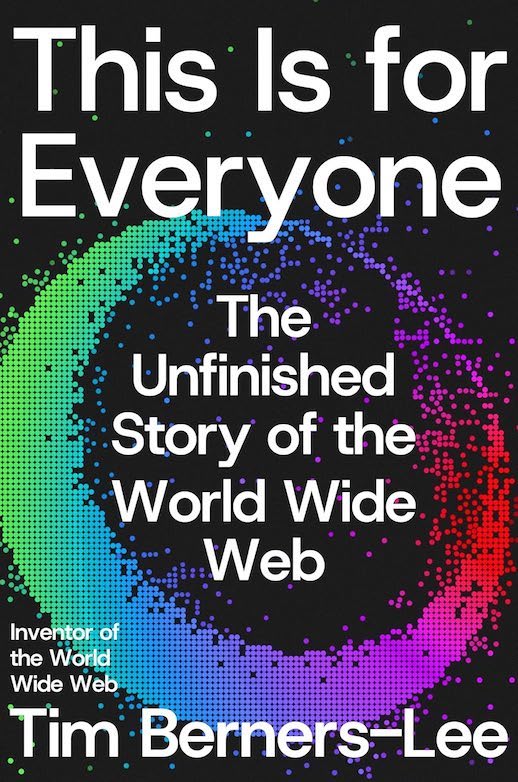

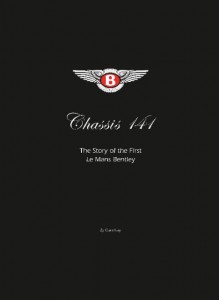
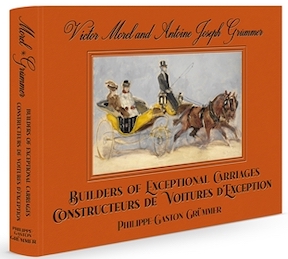
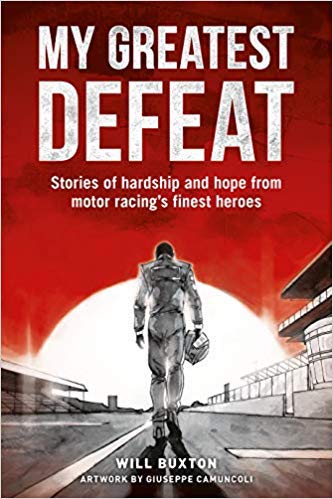
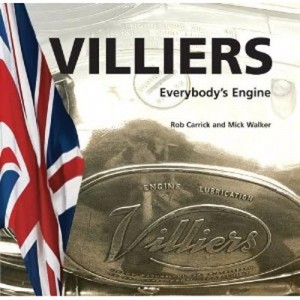
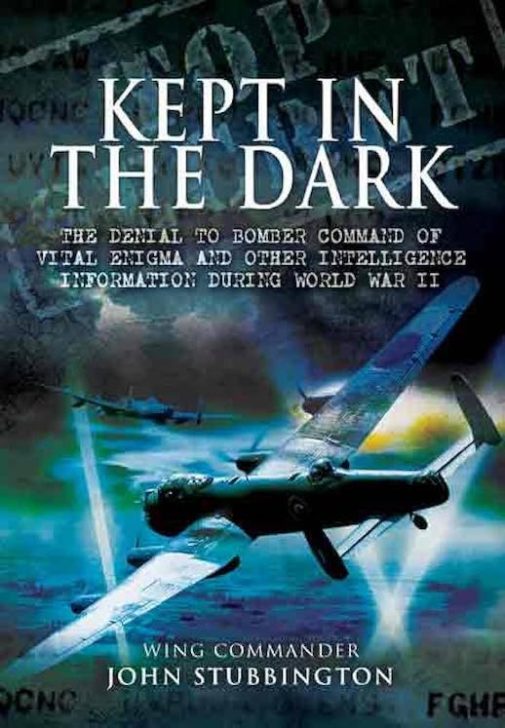
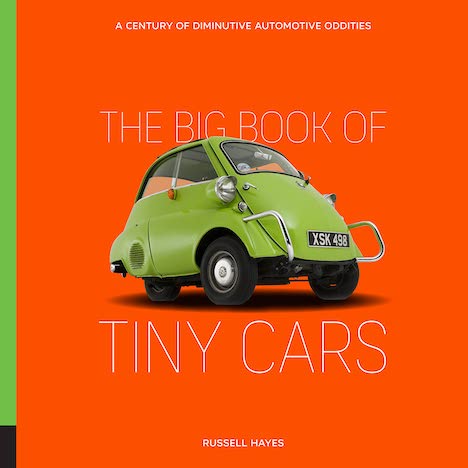
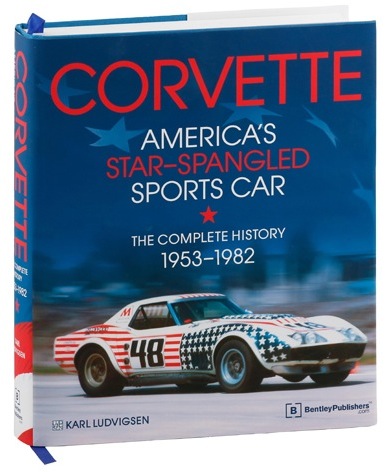
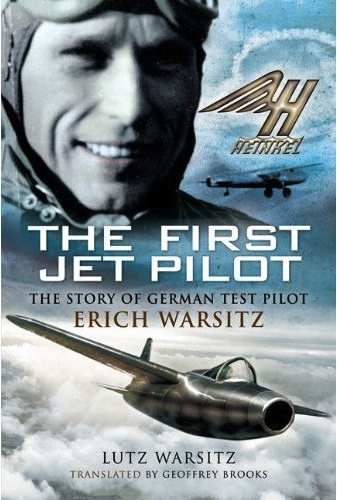
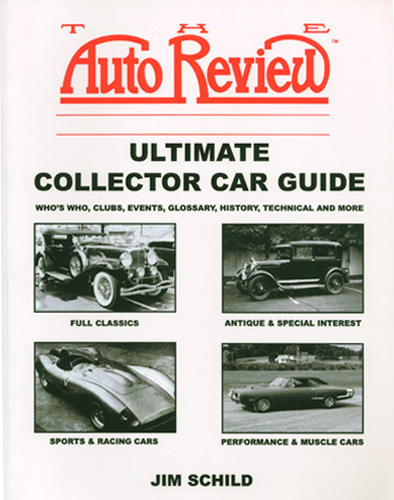
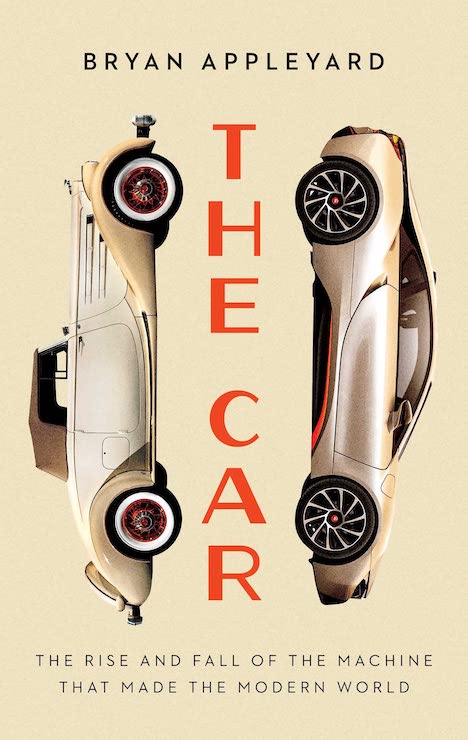
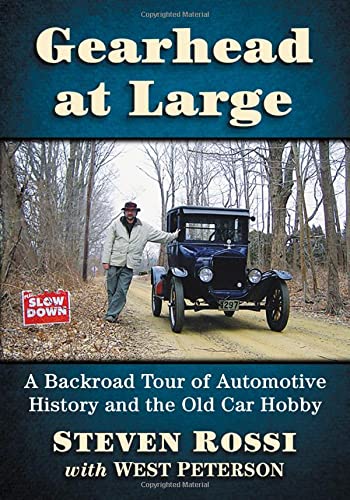
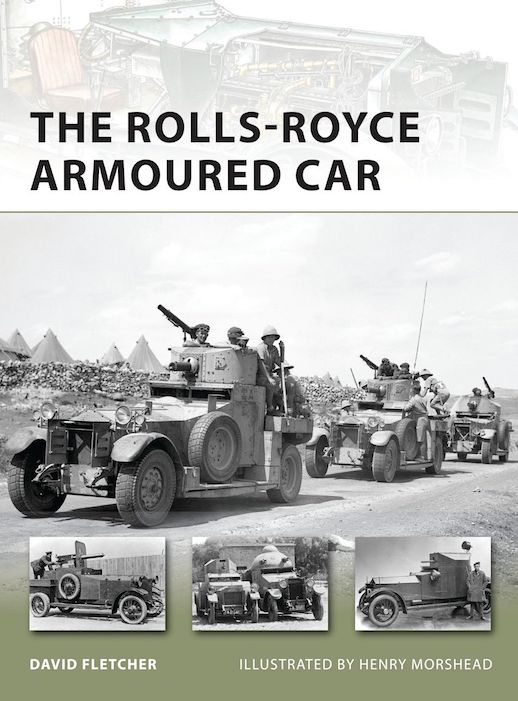
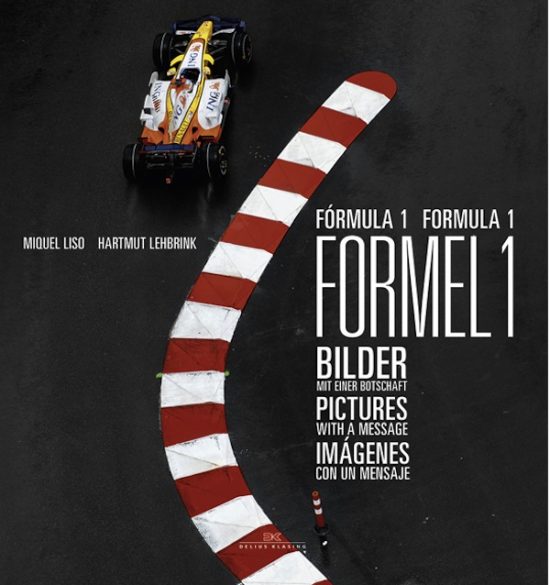
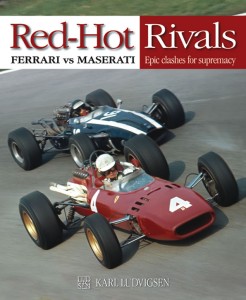
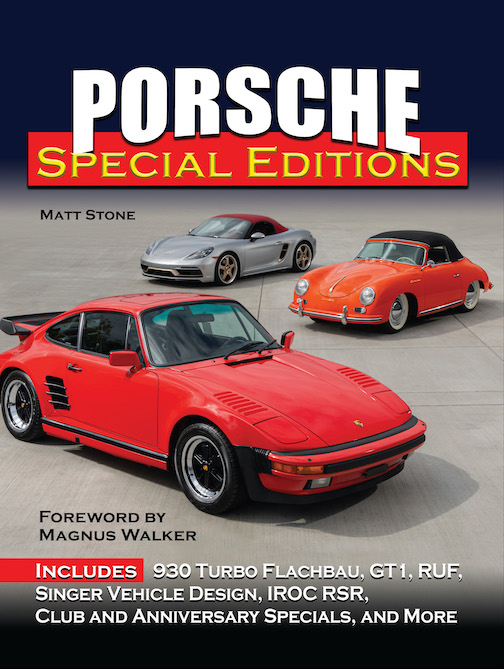
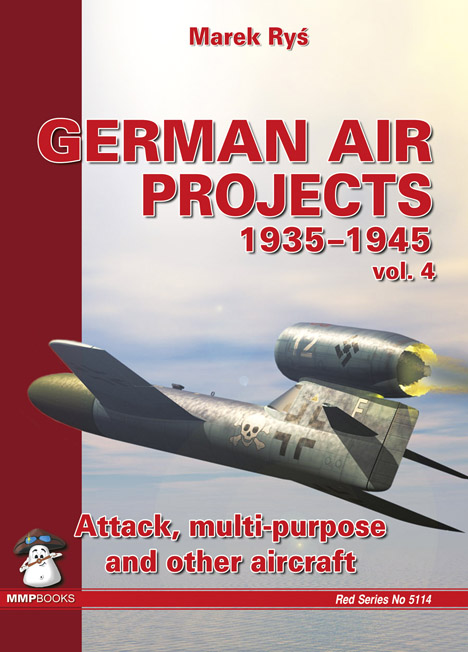
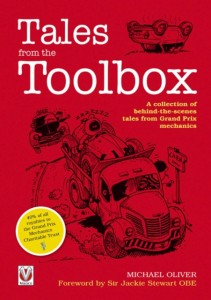

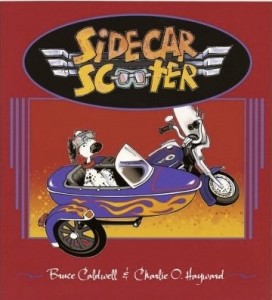

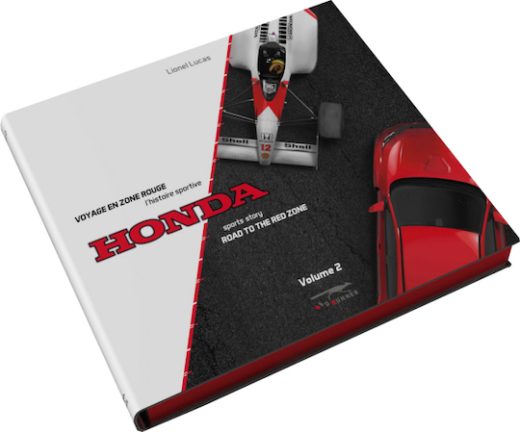
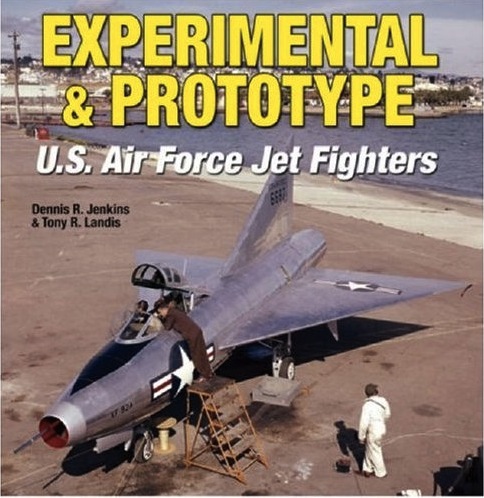
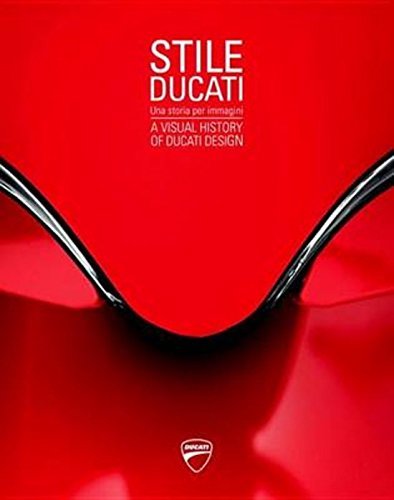
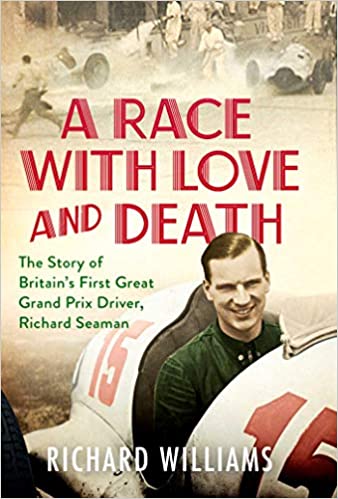
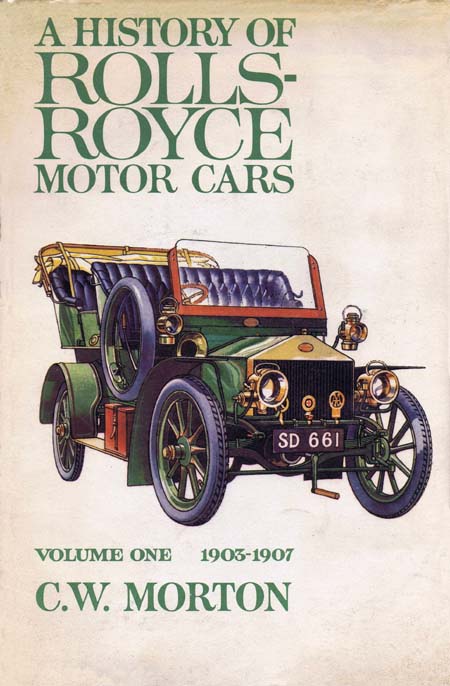
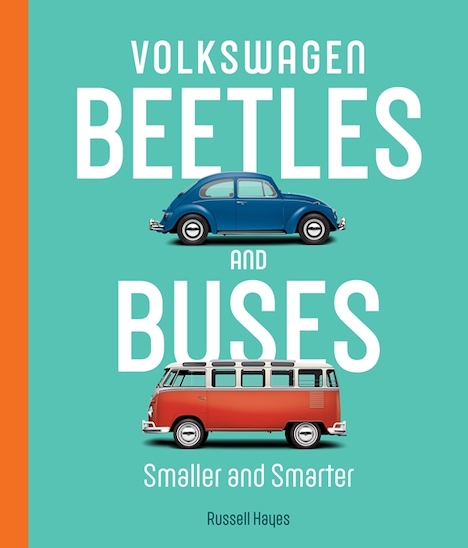
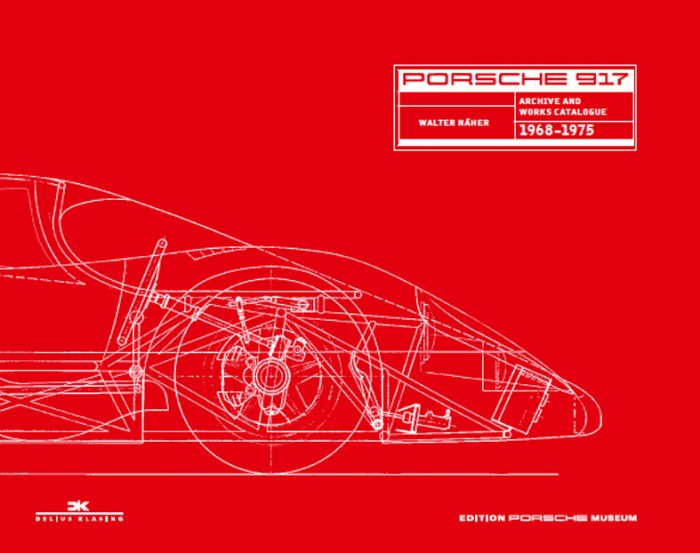
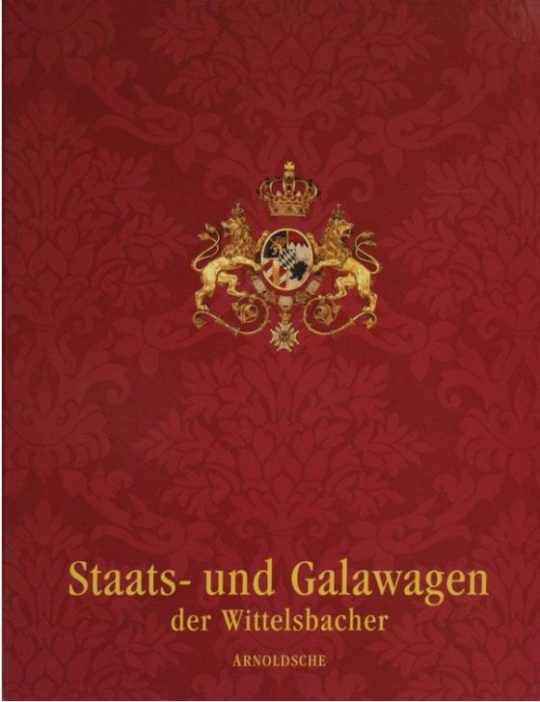
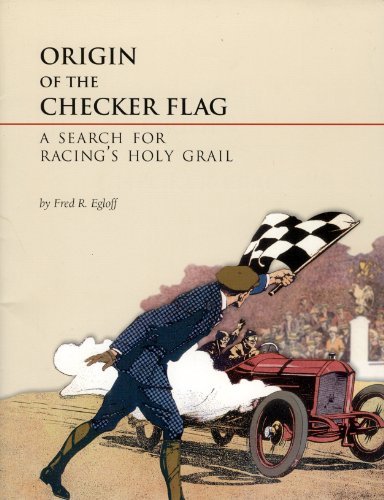
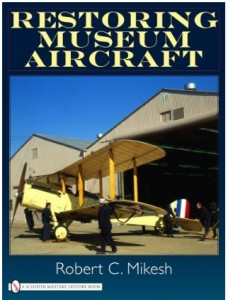
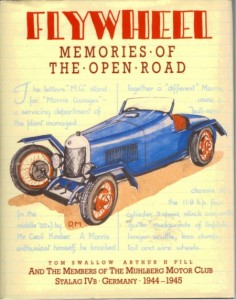
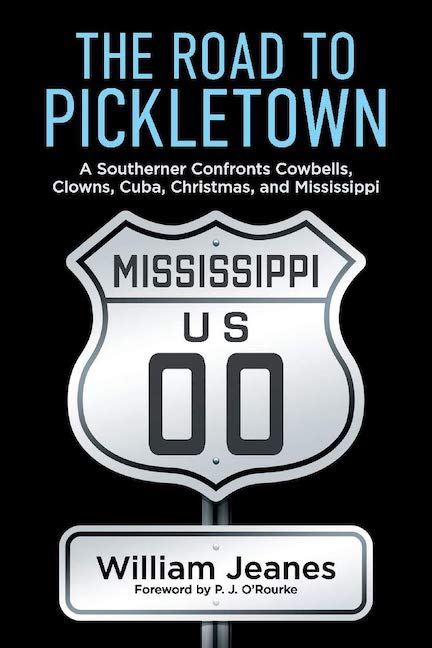
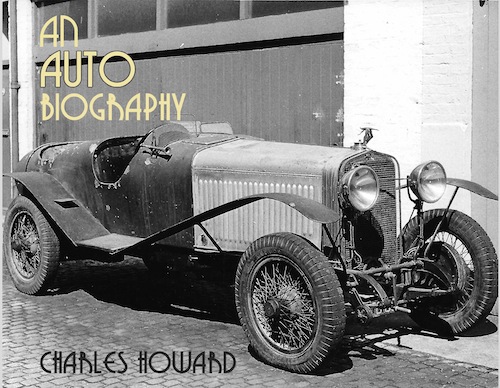
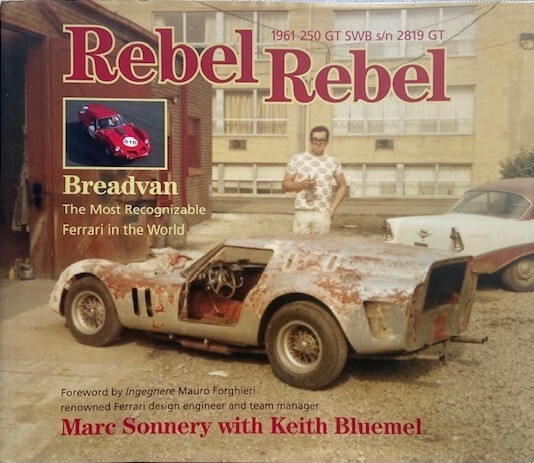
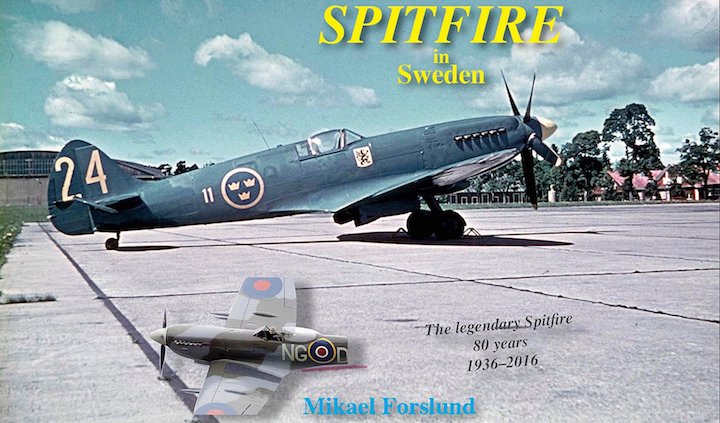
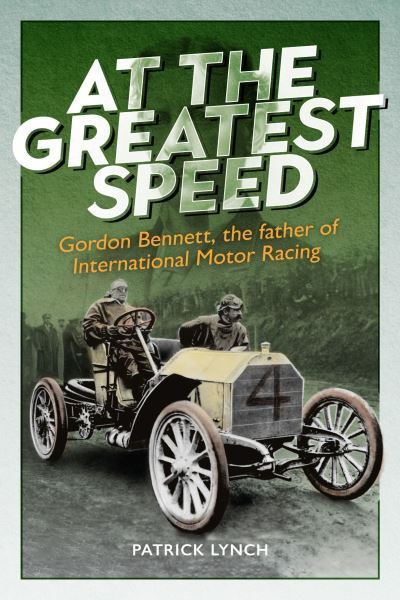
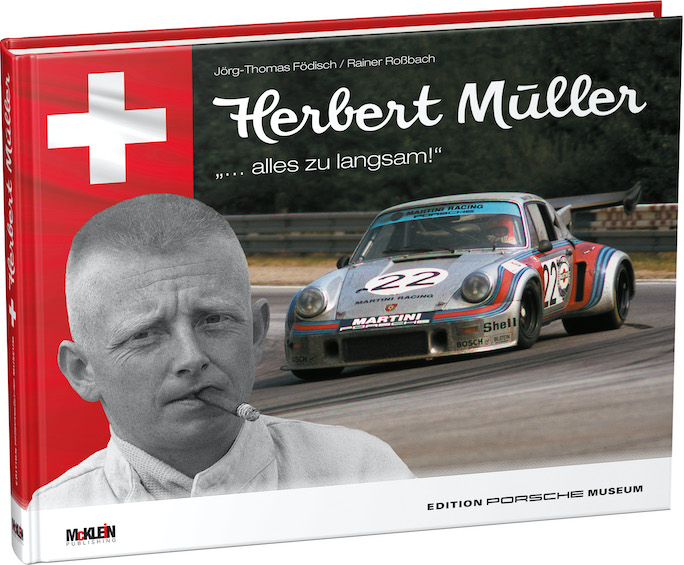
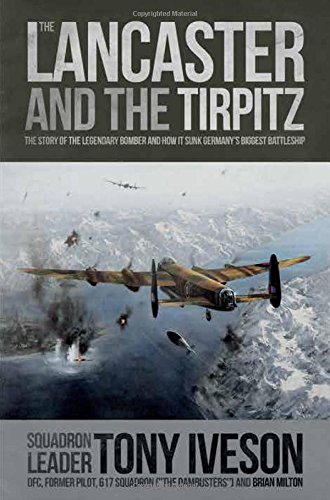
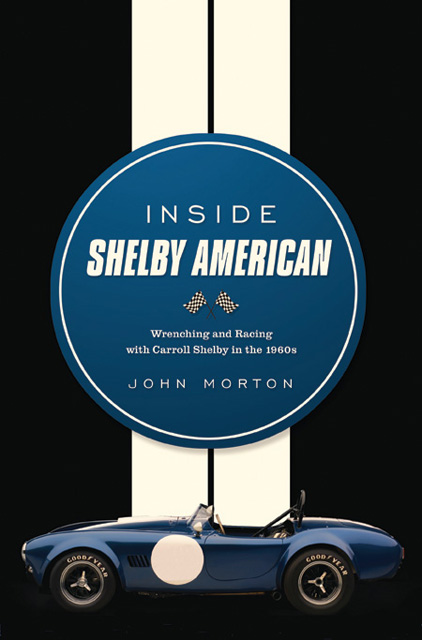
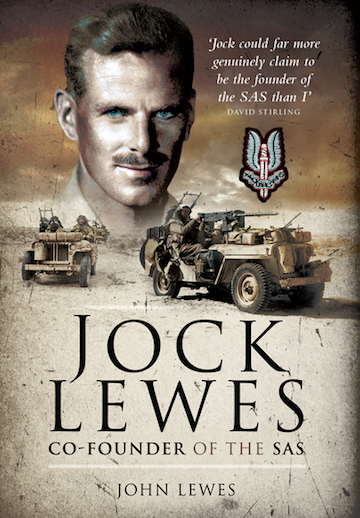


 Phone / Mail / Email
Phone / Mail / Email RSS Feed
RSS Feed Facebook
Facebook Twitter
Twitter
I am the great niece of Hugh Easton. I am the granddaughter of Dr John Easton, Hugh Easton’s brother. There are a few facts that are incorrect in this article and if you wish for these to be corrected, please email me.
Thank you.
Amanda